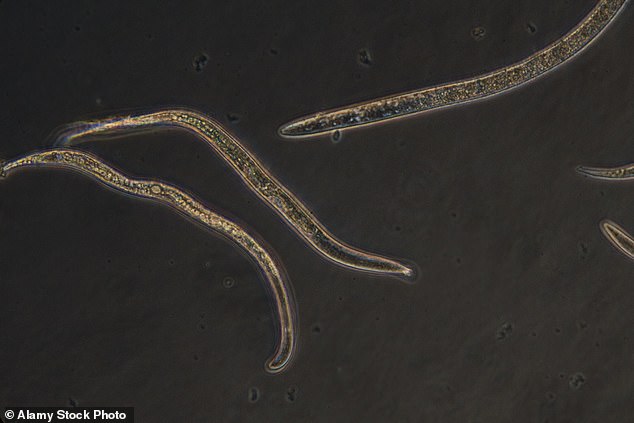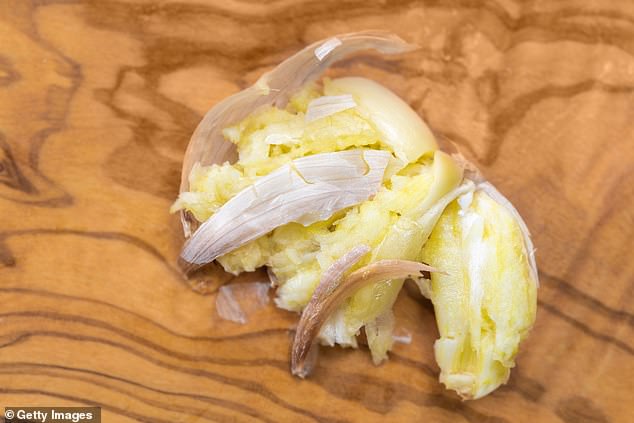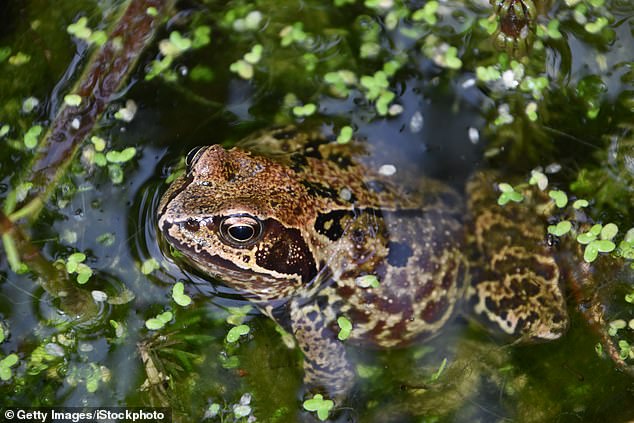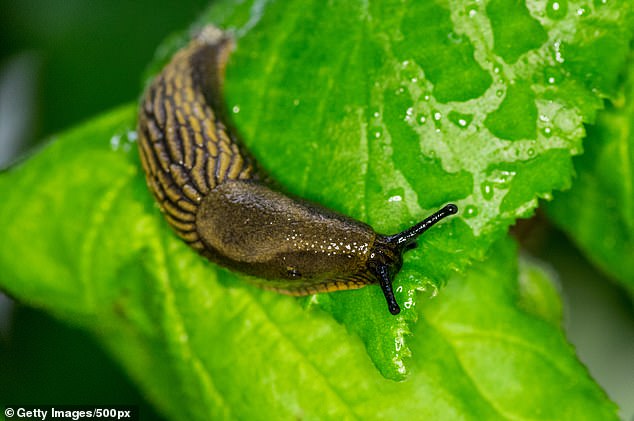Table of Contents
With the recent string of rainy summer days, our gardens have provided the perfect conditions for slugs to feast, with seedlings nibbled on as soon as they break the surface and dahlias quickly demolished.
There are dozens of old wives’ tales about the best way to get rid of slugs in our gardens, but many are cruel. For example, beer traps are cruel because slugs drown in them, salt causes them to quickly dehydrate and die, and copper tape gives them an electric shock.
As a gardener with 20 years’ experience, I believe that working with nature is the best way to reduce the damage it does to the garden. And if I had to recommend one approach above all others, this would be it – and fortunately, it doesn’t cost anything.
Put aside your apprehensions and go about your garden removing slugs with your hands. Slugs come to feed early in the day, so head out to your garden in the morning and get to work. If you don’t want to touch them with your bare hands, wear a pair of gardening gloves.
Lettuces, cabbages, peas and hostas are among the plants most susceptible to slug damage.
Look under the edges of pots, under stones and bricks and at the base of plants. Place any slugs you find in a bucket and relocate them somewhere at least 100m from your garden, as some species have homing instincts that will lead them back to their favourite spot.
The frequent rainy days we Brits have had to endure over the summer have left our gardens in perfect conditions for slugs to feast on.
Place them somewhere where they have plenty of plant matter to feed on but won’t bother other gardeners.
Getting rid of slugs can seem like a losing battle, especially since some of the ways we used to combat them in the past are now considered cruel.
I must confess that I used to use slug pellets, but their sale and use is now banned in the UK (from March 2022) because the active ingredient metaldehyde has been recognised as posing an unacceptable risk to other wildlife such as birds and hedgehogs. So it is best to collect them by hand.
But if all this disgusts you, here are ten more effective methods:
Try using ‘nematodes’
These are natural microorganisms that attack specific pests without posing a threat to other wildlife. They are also perfectly safe for home-grown produce.
One of the leading brands is Nemaslug 2.0, which contains a new species of nematode called Phasmarhabditis californicaIt is easy to apply and will provide protection for six weeks, after which reapplication is necessary.
Following the directions on the box, simply add the nematodes to your watering can and sprinkle over your vegetables, fruits and flowers.

Nematodes are naturally occurring microorganisms that attack specific pests without posing a threat to other wildlife, and are perfectly safe on home-grown produce.
Forage algae
As well as being a fantastic plant fertiliser, seaweed is a natural slug repellent. If you’re heading to the beach this summer, take some home and use it to cover the base of your plants, making sure they don’t touch the stem. It will keep slugs at bay and improve growth too.
Place plastic protectors on bottles
One of the most effective barriers is to place a plastic bottle with the top cut off around the base of a plant. This is especially good for young seedlings, such as sunflowers, which need to be in the ground to give them a chance to establish themselves but are at risk of being nibbled on. It’s also a good way to recycle single-use plastics.
The sharp edge should deter most slugs, although the more determined ones will find a way around. Remember to remove the protection as your plant grows and becomes sturdier so as not to impede its growth.
Garlic spraying method
Using a spray made from garlic soaked in water has been shown to deter slugs. There are several ways to do this. Some swear by peeling and lightly crushing a head of garlic, placing it in an old sock, and leaving it in a jar of water overnight or for a few days.
Others boil the garlic head in a pot of water, then crush it, let it cool and strain the liquid. Use a spray bottle to coat the leaves and stem of the plants.

Try cooking garlic and soaking the cloves in water overnight before spraying the mixture on your plants.
Wait until the seedlings are larger to plant them.
Small, juicy seedlings are like manna to mollusks. If you grow them in a greenhouse or cold frame until they mature (around 20cm for most young plants), you’ll give them a better start in life.
Be prepared to sacrifice some plants
Scatter more seedlings in the hope that, even if some are nibbled, enough will survive to produce a decent display or harvest. However, this carries the risk of further disappointment if slugs destroy everything.
Use cabbage leaves
The leaves of many brassicas, such as cabbages and Brussels sprouts, are very attractive to slugs.
If you grow them in your garden, cut off some of the outer leaves that aren’t so appealing for cooking and place them in the borders of other plants. The hope is that the slugs will eat them and leave your plants alone.
Place sand and gravel around the plants.
Whether in the ground or in containers, using a layer of sand or gravel around the base of your plants can act as a deterrent to slugs, as the sharp surface makes it uncomfortable for them to slide across.

Attractive predators such as hedgehogs and frogs can protect your garden from pesky slugs.
Attract predators
Frogs and newts love to feed on slugs. Installing a small pond or natural water feature in your garden or on your balcony will encourage them to do so. Hedgehogs are another predator, so make sure you leave holes in fences for them to crawl through.
Attract birds to your garden by growing plants that produce fruit, seeds and berries, as well as foliage for shelter, and they will reward you by removing slugs.
Choose slug-resistant plants
It may seem obvious, but if you’re tired of watching the fruits of your labor get devoured overnight, then consider choosing plant varieties that are less susceptible to being devoured.
Catnip, lavender, salvias, astrantias and roses are usually left alone. As for vegetables, they don’t like onions, garlic or shallots. You can try planting them around vegetable beds for extra protection.
They do not like the bitter leaves of chard, chicory and spinach. Artichokes, asparagus, rhubarb and fennel are also generally resistant to slugs.
(tags to translate)dailymail


